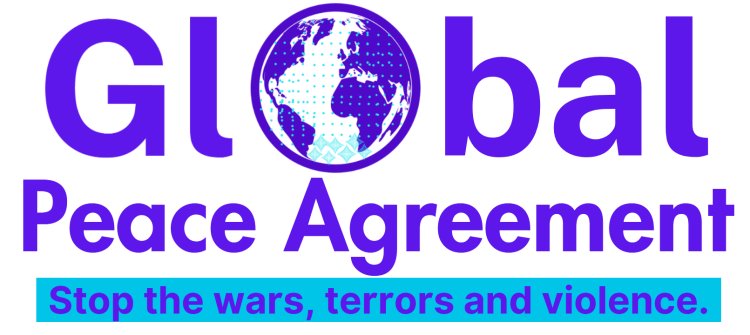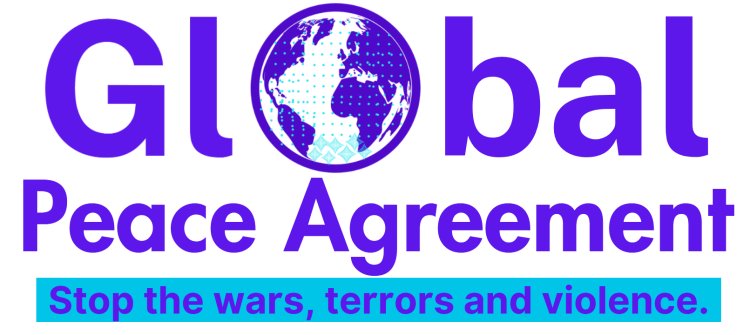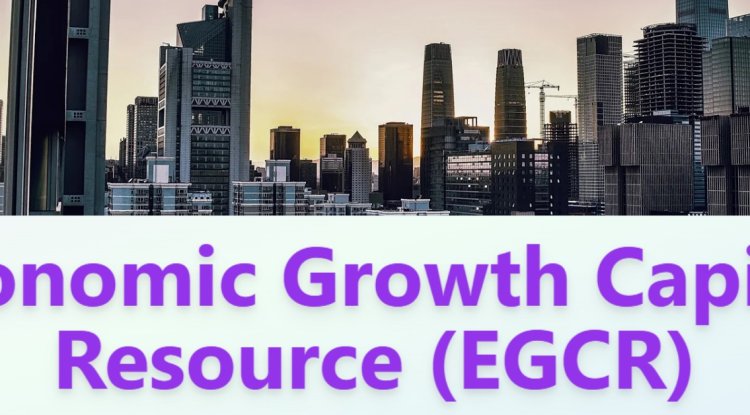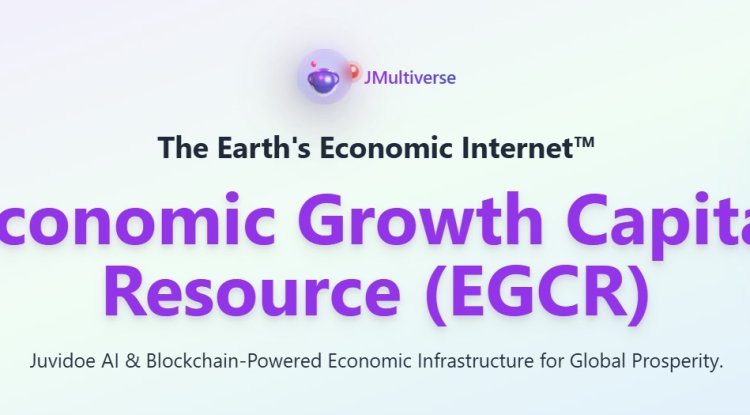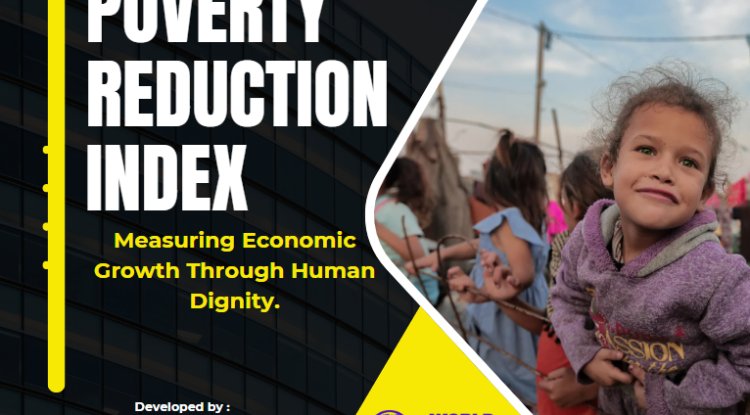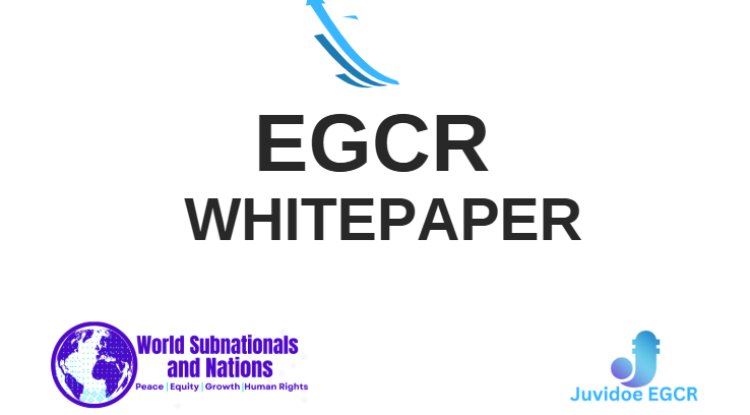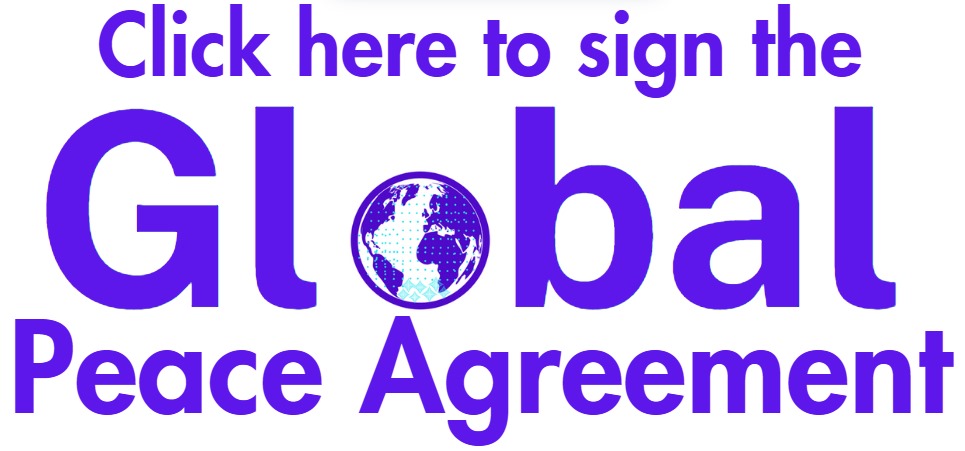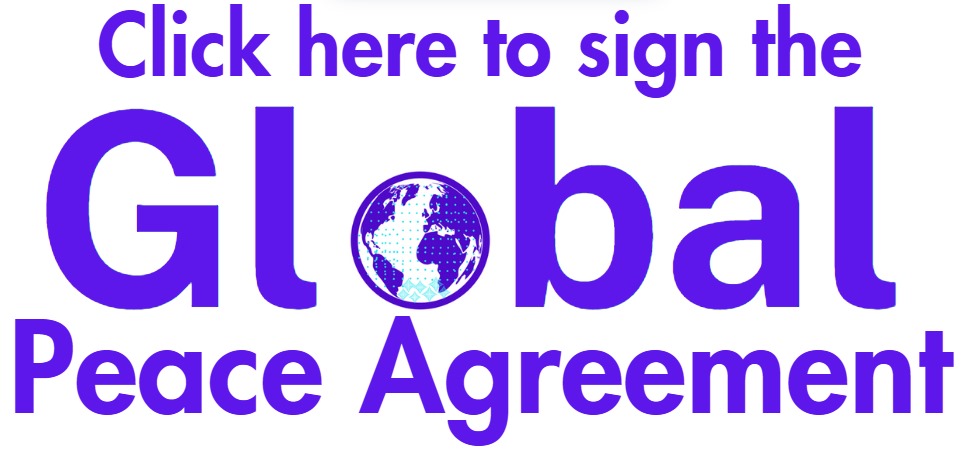Peace And Security
LET THERE BE PEACE
Peace and security are two crucial aspects of society. Achieving these goals without resorting to bloodshed is what WSandN offers which involves proactive approach focused on prevention and mediation. Prevention plays a crucial role in maintaining peace and security. By identifying potential sources of conflict early on, steps can be taken to address them before they escalate into violent confrontations. This involves effective governance, the promotion of human rights, social justice, elimination of poverty etc.
Investing in appropriate education and economic development also plays a significant role in preventing conflicts by addressing the root causes that often lead to violence. Effective Mediation is another key tool by which WSandN will resolve conflicts peacefully. Through dialogue and negotiation, conflicting parties can find mutually acceptable solutions without resorting to violence. WSandN Mediators will facilitate this process by creating a safe space for discussion and assisting the parties in finding common ground. Being neutral third-party mediators would bring objectivity to the table, helping build trust between the parties involved. WSandN as an international organisation will play an essential role in promoting peace through preventive diplomacy and mediation efforts, working tirelessly to identify potential conflict situations and intervene early on with diplomatic initiatives aimed at resolving disputes peacefully.
Also collaborate with communities to foster a culture of peace by promoting tolerance, understanding, and respect for diversity. Engaging citizens in peaceful dialogue and helping build strong social cohesion that can withstand external pressures that may threaten peace. By doing these, we pave the way towards a peaceful world where differences are resolved peacefully rather than through violence.
WSANDN
THE GLOBAL PEACE CHARTER
There is a need for a guiding force—a uniting institution capable of resolving conflicts and bridging differences—in this complex world of international politics, where political maneuvering resembles a high-stakes circus performance. Here, the narrative develops under the guidance of a daring vision motivated by the values found in the UN Charter and the peaceful accords reached in the Abraham Accord. This vision emerges from the grassroots, where sub-national groups share a common desire to build a Global Peace Accord, perhaps signifying the grand resolution in this theater of conflict.
The idea of a worldwide peace deal can look like a utopian reverie—a whimsical thought that flits on the edge of attainability—in this turbulent world when news headlines flash across screens like neon lights in a city, and information cycles spin like an unrelenting tornado. However, the need for such an agreement is as obvious as the ground we stand on, which is a sobering truth. We are like tightrope walkers without a safety net without it, teetering on the edge of uncertainty.
Think about all the wars, skirmishes, and simmering tensions on both national and international levels that have characterized human history—wars fought over territorial claims, ideological differences, and the control of resources. The world has frequently resembled a theater of constant war, with the conflicting symphony of conflict resonating down the ages.
In the midst of this strife, there is a louder than ever call for peace. It cuts through national boundaries and language divides, bringing together people from all walks of life who share a common desire for a future where war is over, and the perpetrators of destruction make their final exit.
The quest for world peace is not new; it originates in the historic United Nations (UN) halls. In a world that is sometimes shrouded in darkness, the UN Charter, which serves as a template for international collaboration and collective security, is a glimmer of light. The importance of diplomacy, dialogue, and peaceful conflict resolution is emphasized by its values, engraved in prose with an eternal resonance like a timeless tune.
The Abraham Accord, on the other hand, stands out as a modern masterpiece demonstrating the value of conversation and negotiation in settling entrenched conflicts. It narrates the story of two countries, Israel and the United Arab Emirates, overcoming prevalent enmity and distrust to find common ground and forge cordial ties. This agreement shines as a symbol of potential in a world where conflict usually dominates the news, showing that even the most implacable disagreements may be resolved diplomatically.
Even so, these sources of inspiration only support our vision— Ours is a Global Peace Accord that cuts over political divisions, philosophical differences, and cultural divides. It is a vision that recognizes the importance of every voice in the grand narrative of peace and seeks to bring together not only nations but also people and every person.
The voices of sub-national entities have become louder and more obvious in this age of interconnection when the digital web creates a worldwide combination of narratives and aspirations. The communities, cities, and regions have made identity claims, frequently on a global scale, forging relationships and connections that go beyond conventional national boundaries.
In lieu of this, we've achieved a Global Peace Accord that extends its invitation to all nations, while embracing regions, territories, cities, and individuals as significant stakeholders. Within the hearts of these sub-national entities, the rhythms of local cultures pulse. This agreement not only acknowledges the cumulative power of sub-national actors but also recognizes that the pursuit of peace transcends the boundaries of national politics.
Welcome to a world where regions and nations have come together as signatories of the Global Peace Accord, demonstrating their unwavering commitment to peaceful coexistence. Witness cities as thriving centers of diplomacy, fostering connections and cross-cultural exchanges that construct bridges of understanding. Experience the global symphony for peace as individuals from diverse backgrounds unite in their dedication to a world where unity prevails over division.
This global peace accord, encompasses the entire world, transcending the boundaries of diplomatic circles. In this realized vision, the aspirations of every nation, region, territory, city, and individual harmoniously unite to compose a resounding symphony of peace.
We have successfully established a Global Peace Accord that is both all-encompassing and ambitious, underpinned by a clear sense of purpose and a deep acknowledgment of the considerable challenges we have overcome. This vital agreement is now a reality and serves as a testament to our dedication and unwavering commitment to global peace.
The idea that sub-national organizations would play a key part in this agreement serves as a reminder that maintaining peace is a common commitment that cuts beyond political and geographic lines rather than being the sole responsibility of governments. It represents the shared desire for a world in which all people, cities, regions, countries, and other entities work together to achieve lasting peace.
This Article delves into every aspect of our achievement, including the guiding principles that underpin the Global Peace Accord and the steps taken to realize it. Together, we have created a society where peace is not merely an ideal but a tangible reality—a world where the most magnificent spectacle is the symphony of harmony and the dance of peace.
WSANDN
THE CHARTER OF THE WORLD SUB-NATIONALS AND NATIONS
The World Sub-Nationals are an important but sometimes underappreciated ensemble in the broad drama of international politics, where states typically occupy center stage. These unsung heroes work in the background and greatly contribute to the developing global drama.
Among these sub-national entities are regions, territories, cities, and communities. Even while they may not always be the center of attention, they occasionally steal the show by giving the story unexpected turns and providing local flair. Imagine an area of Spain that zealously defends its distinctive culture or a city in Japan renowned for its technological prowess and creativity. These are the sub-national entities ready to take center stage.
The Charter of the World Sub-Nationals is a rising star in international diplomacy. It reflects these organizations' increased realization of their critical role in influencing international relations. They provide diversity and complexity to the global conversation by bringing local insights, cultural subtleties, and distinct views. These sub-national institutions are preparing to play their parts in the larger drama of global diplomacy, just as actors do.
The journey through this Charter is filled with dramatic situations. There is fun, innovation, and the unexpected among the dry diplomatic rhetoric and somber declarations. Consider a local mayor inviting a national leader to a friendly culinary competition to improve international ties or a regional governor utilizing social media memes to bridge cultural barriers. These are examples that show diplomacy can be humorous and engaging.
The Charter of the World Sub-Nationals is ultimately a path to togetherness. It recognizes nations, regions, territories, cities, and communities working together to move the globe toward peace and cooperation. Every part is important in this complex world, and each performer brings something unique to the stage.
The creation of a revised UN Charter that successfully tackles the problems of the twenty-first century is highlighted in this chapter. It explores the changing political landscape of the world, acknowledging the importance of inclusive diplomacy, the practical impact of technological advancements on changing the dynamics of international relations, and the growing prominence of sub-national actors as important players. This new era is about to dawn!
WSANDN
Transforming the UN Charter for a New Era
International cooperation and diplomacy are more important than ever in this current state of the world. With the UN Charter as its founding document setting the tone for international interactions, the UN has long been seen as a symbol of hope for world peace and harmony. However, as the world evolves, so must our strategy for diplomacy and collaboration.
The post-World War II draft of the UN Charter captures the geopolitical realities and ambitions of the time. It established the framework for a system of global security intended to stop upcoming wars. The UN has been essential in preserving peace, aiding those in need, and advancing human rights. However, the Charter's concepts, methods and operations of the UN having been reevaluated in light of the new possibilities and problems that the world is facing today, are not able to meet up with the demands of peace.
WSANDN
It is highly imperative to understand that the world needs a real actualisation of lasting peace where everyone is involved and acts as stakeholders. We cannot continue dealing with the same issues of artificially induced mass destructions of human lives, bloodshed, catastrophy, terrorism and wars, as a result of the failure to initiate a concept that holds durable peace. The environment globally is tired while all creatures existing on the planet are terrified. Therefore the vision of the WSANDN and it's Charter is not just to be another global organisation but to champion the cause of actual durable global peace and prosperity for everyone and the entire earth.
